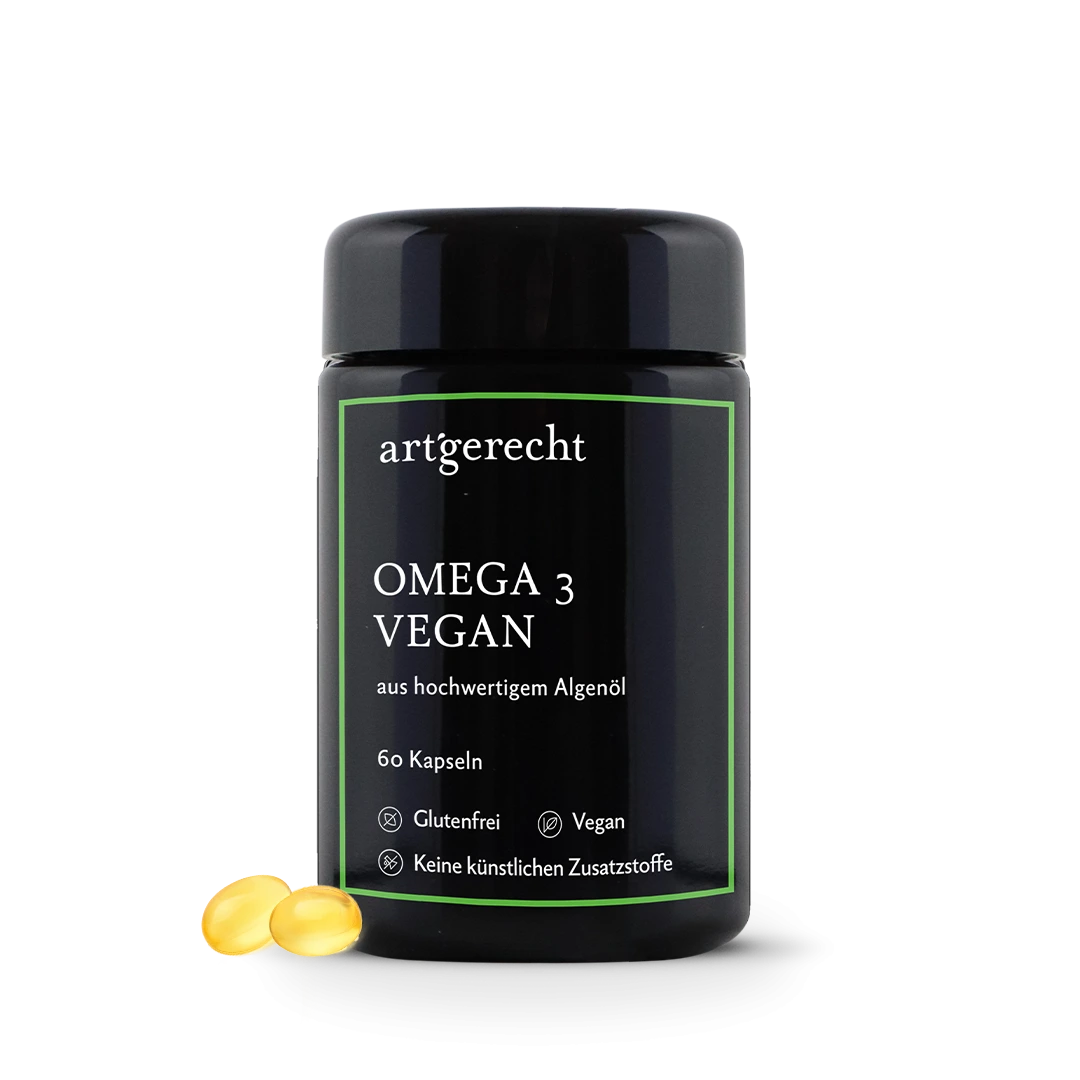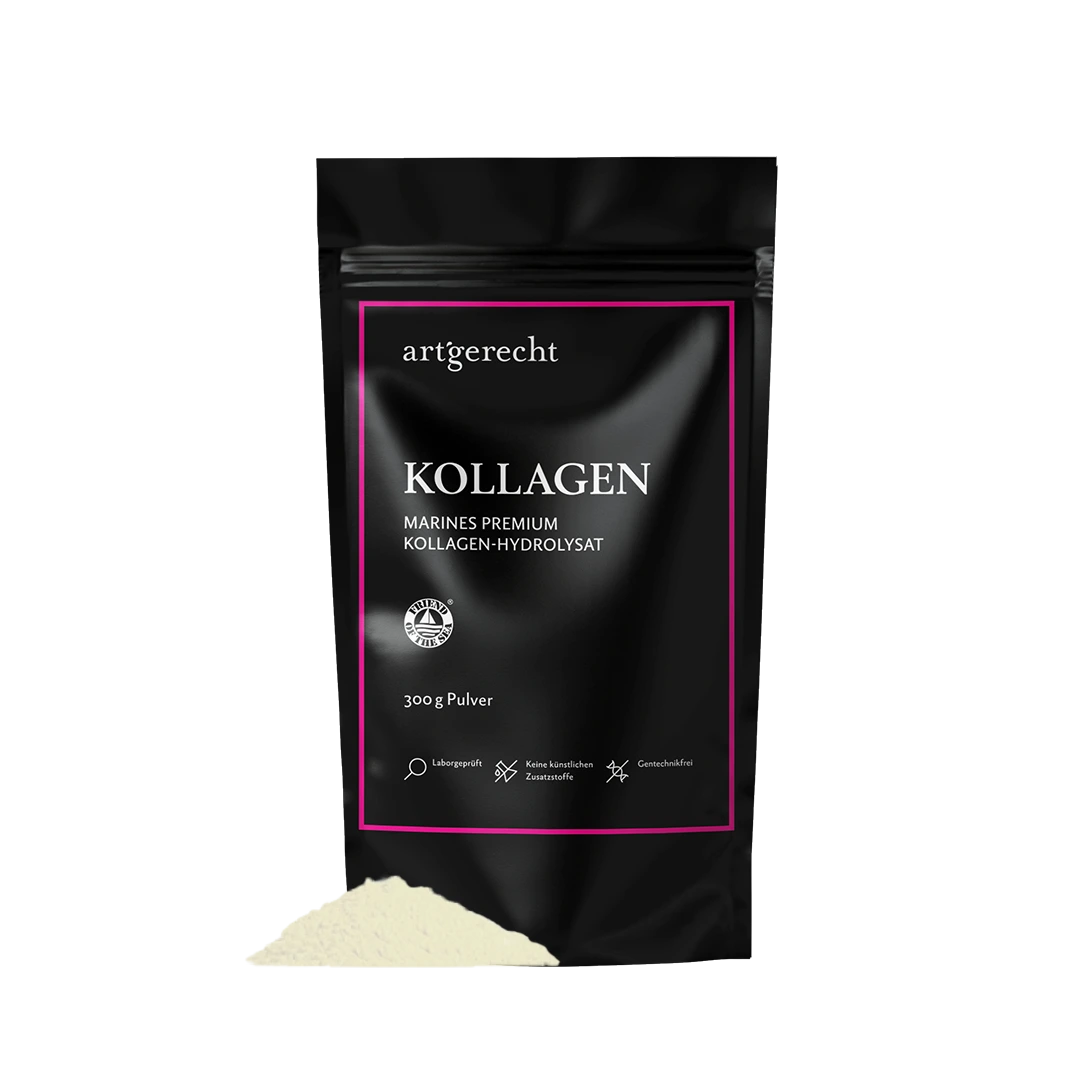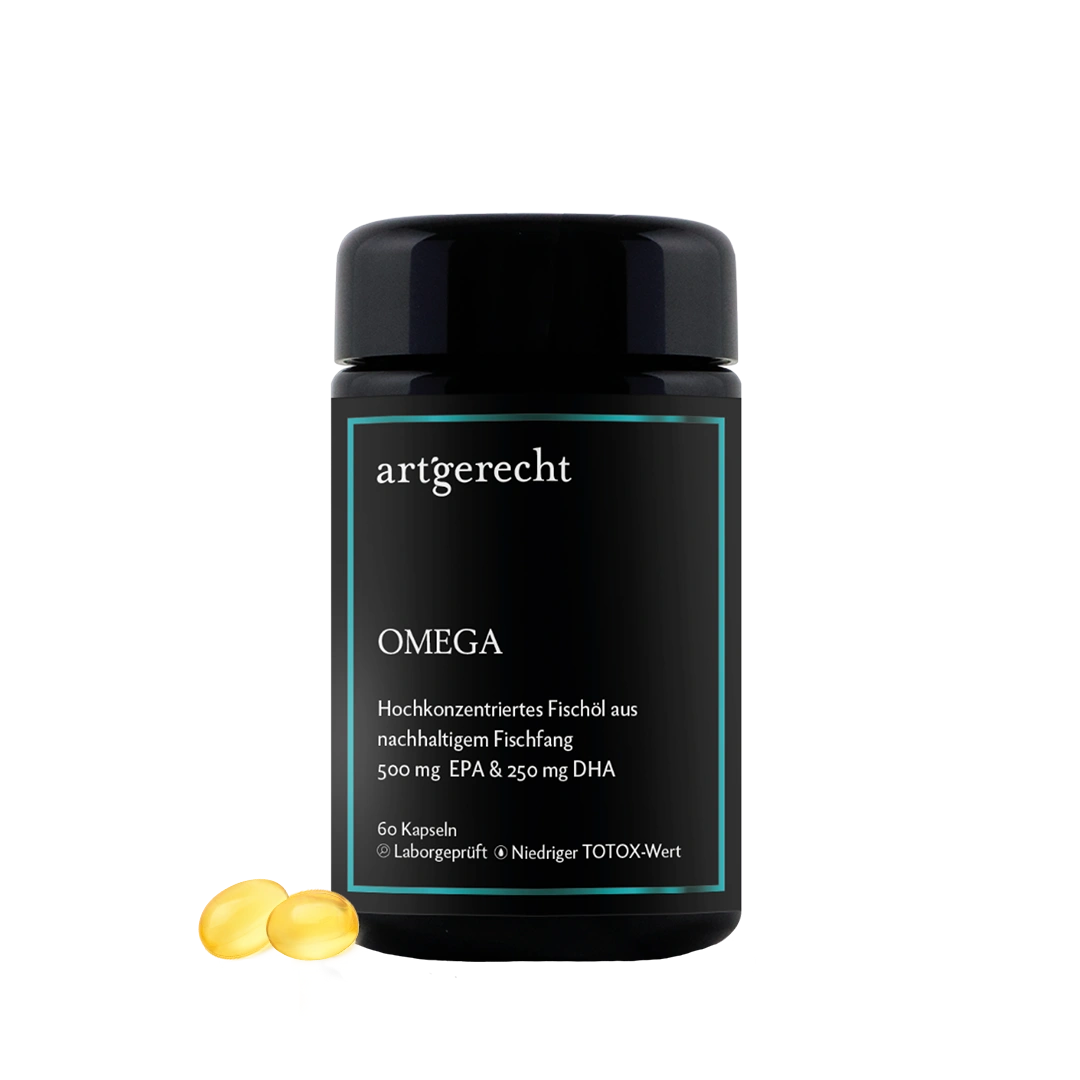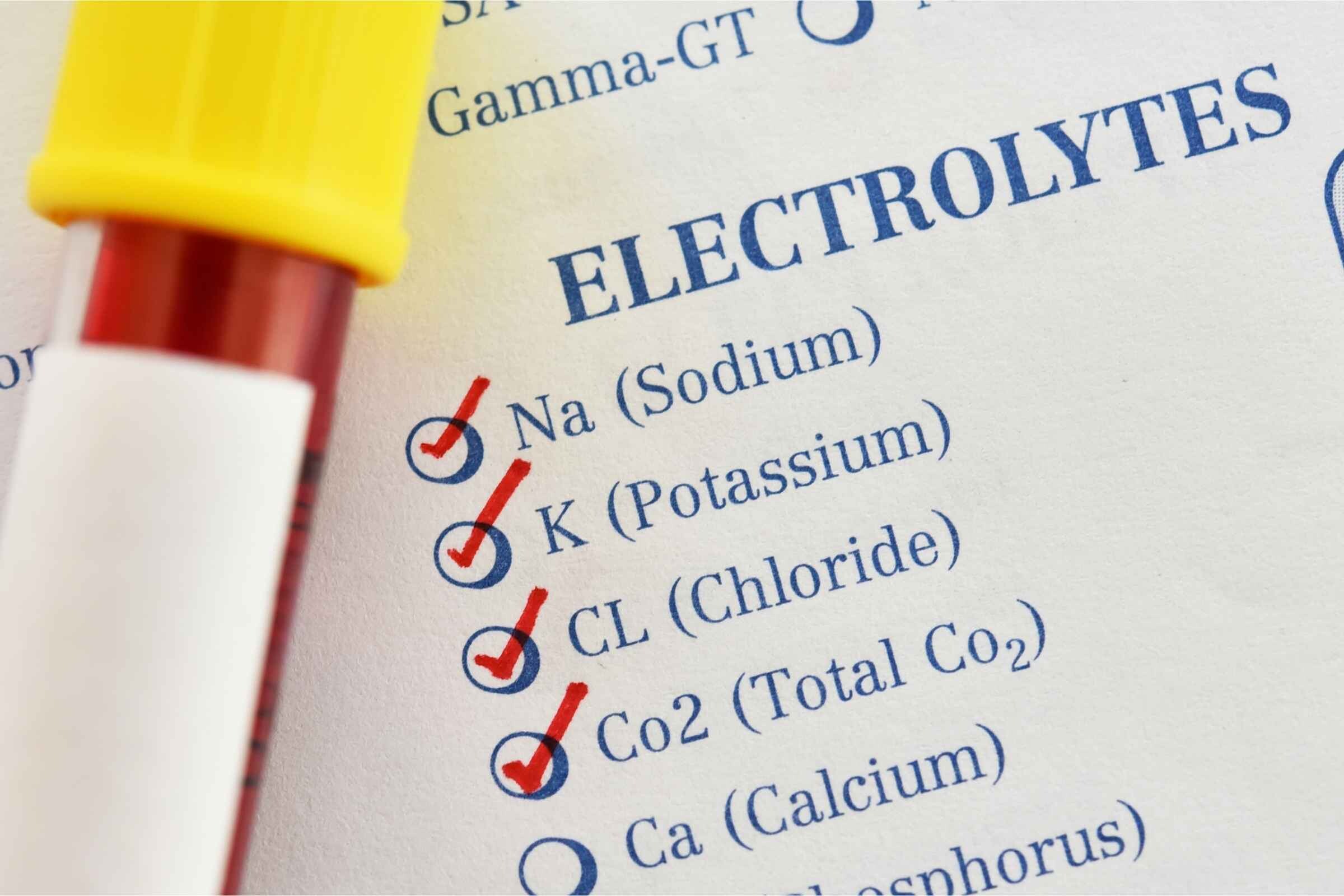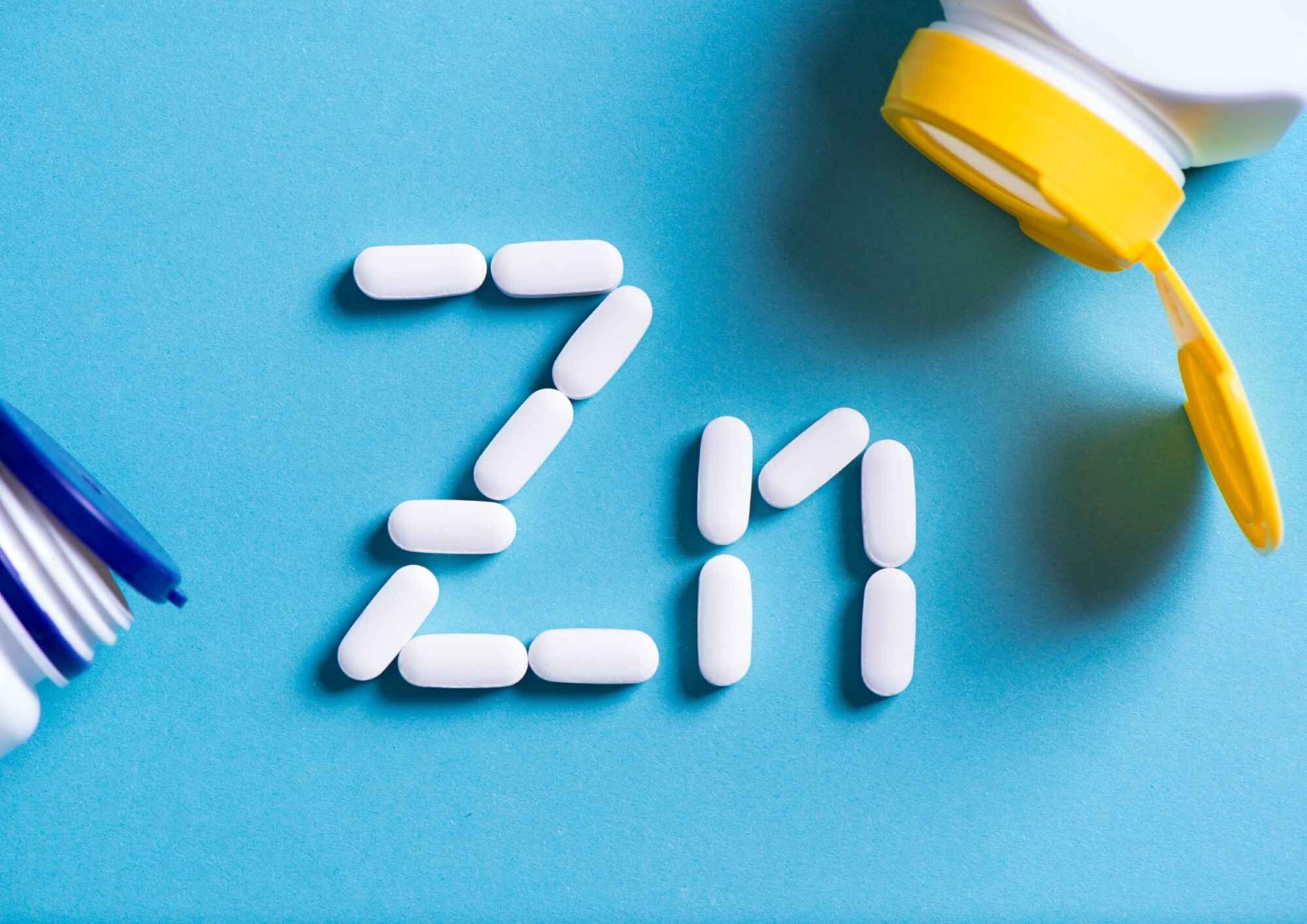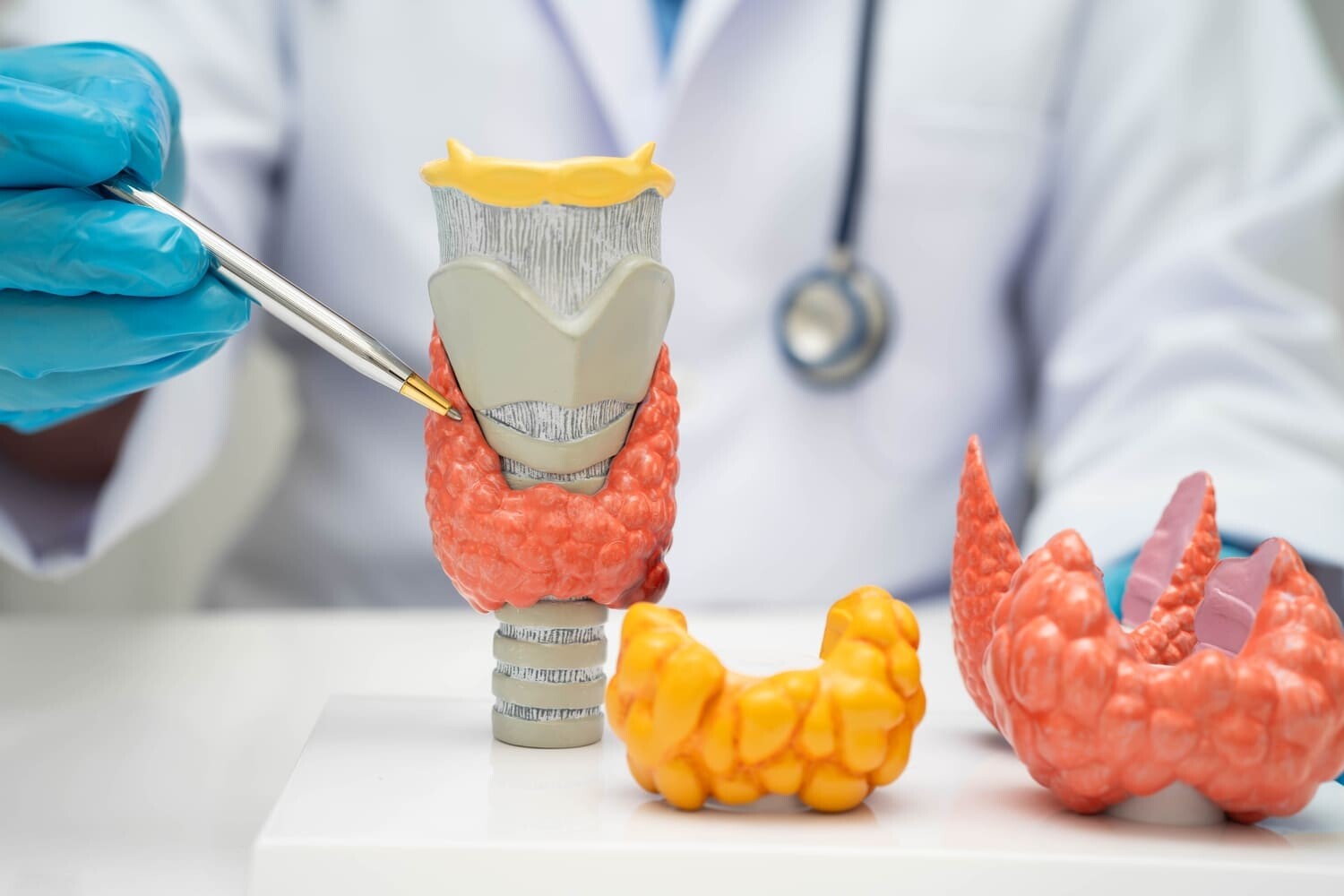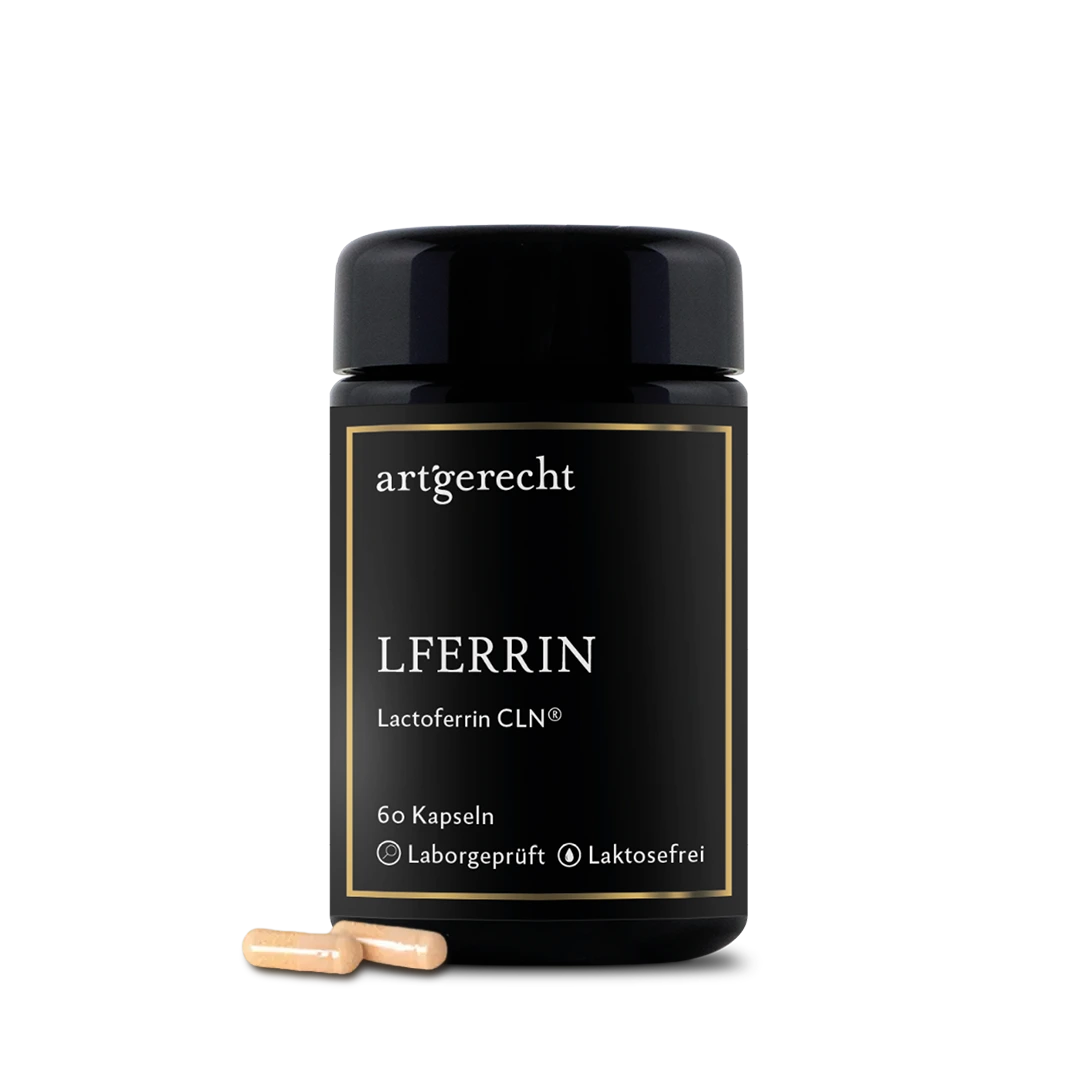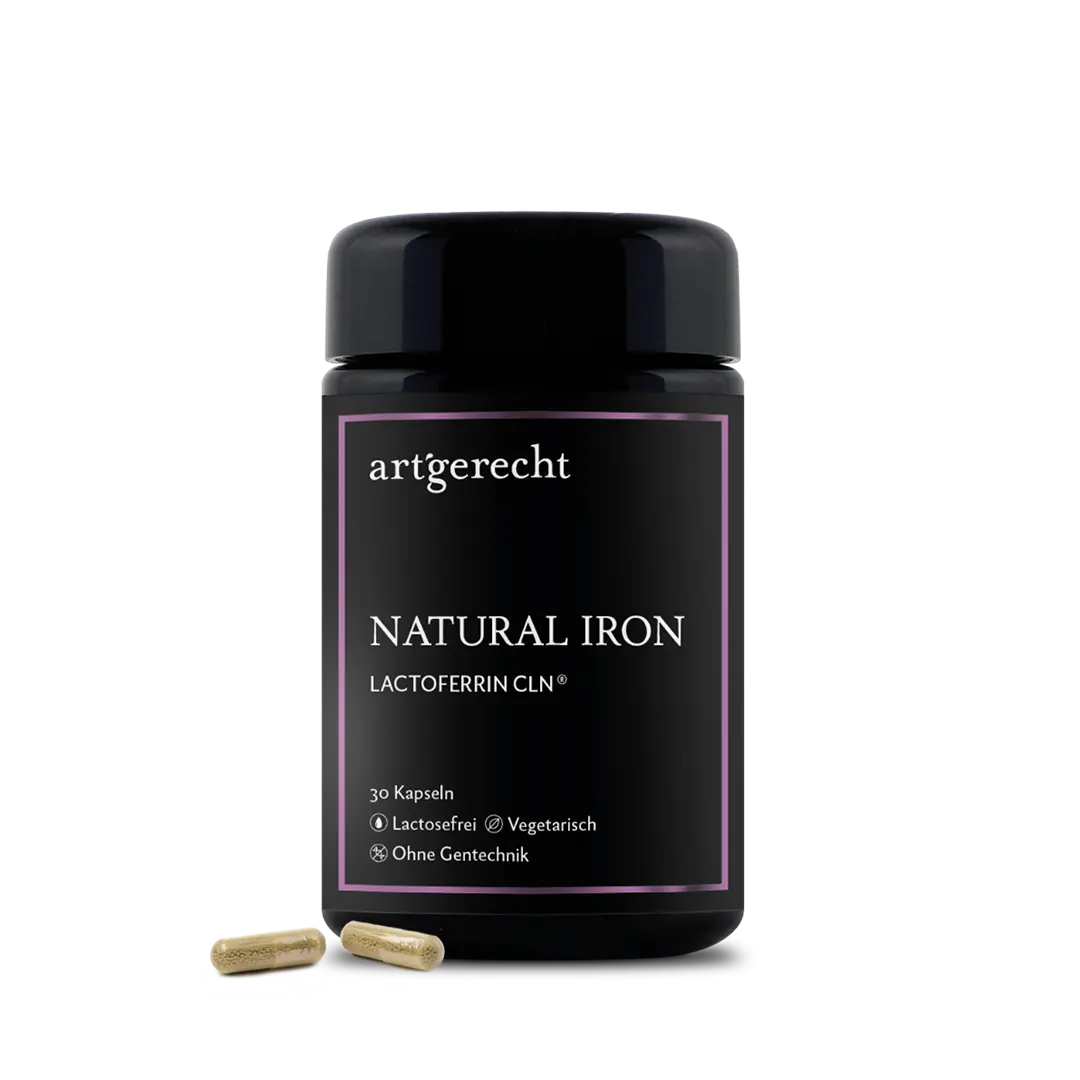- What are omega-3 fatty acids?
- How does omega-3 work?
- How does an inflammatory reaction work?
- Why does the right ratio of omega fatty acids matter?
- Omega-3 and its benefits for sport
- Regulating inflammatory processes in sport
- Who wouldn't want that: less pain and more performance?
- How does omega-3 affect the requirements of individual sports?
- Triathlon: High performance – für allem für das Herz
- Performance sports and sudden cardiac death
- Denksport Fußball – das Gehirn und seine Funktionen
- Injuries and extreme conditions in tennis
- Jumpers Knee
Omega 3 fatty acids are the key to heart health – but they can also help to repair muscles, relieve pain, burn fat and make training easier. What many athletes do not know: Any strenuous exertion is associated with physiological stress and the resulting inflammation and immune system disorders. In this article, you will learn how you can use omega-3 to specifically control these processes, promote your regeneration and reduce the risk of injury.
What are omega-3 fatty acids?
Omega-3 belongs to the so-called multiple unsaturated fatty acids. Three of these are particularly important for the human body: The plant-based omega-3 fatty acid ALA (alpha-linolenic acid) and the two fatty acids that are predominantly obtained from fish or algae.omega-3 fatty acids obtained from fish or algae EPA (eicosapentaenoic acid) and DHA (docosahexaenoic acid).
The alpha-linolenic acid found in vegetable fats and oils is the precursor of the two biologically more active fatty acid derivatives EPA and DHA, which are formed via a multi-stage conversion process. EPA and DHA are mainly found in fatty cold-water fish such as salmon, mackerel, herring and tuna. As the so-called parent compound of the omega-3 fatty acid family, alpha-linolenic acid is essential for humans. You can find out which other foods contain EPA and DHA in the magazine here: What are omega-3 fatty acids?
How does omega-3 work?
Omega-3 fatty acids are of central importance for the human metabolism. They are the building blocks of our cell membranes and keep the cell membranes stable and supple. They are also required for the production of various tissue hormones (the body's messenger substances). Studies have shown that omega-3 fatty acids strengthen the immune system and reduce inflammatory processes [1]
Omega-3 fatty acids therefore play an important role in regulating the inflammatory response, for example after an infection with pathogens or injuries. The better the inflammatory response is regulated, the less likely it is that secondary diseases will be severe or that chronic complaints will develop.
How does an inflammatory reaction work?
Resoleomics – behind this word lies the evolutionary mechanism that takes place during the healing of inflammatory reactions, for example after an infection. It is a natural and self-limiting inflammatory process, which means that the inflammatory reaction does not get out of control and resolves itself accordingly.
This process can be divided into three stages:
- Initiation phase: The production of pro-inflammatory eicosanoids leads to an inflammatory response to render the pathogen harmless.
- Solution phase: „Switch“ (change) from the production of pro-inflammatory eicosanoids to the production of anti-inflammatory eicosanoids (eicosanoid switch) and the inflammation subsides.
- Final phase: The anti-inflammatory eicosanoids resolve the inflammation.
This mechanism prevents immune cells from remaining active over a longer period of time and prevents unnecessary collateral damage. [2]
Why does the right ratio of omega fatty acids matter?
In order for omega-3 fatty acids to function well in the body, our diet should not contain too many omega-6 fatty acids. Omega-6 fatty acids can be found in sunflower or safflower oil, for example, and are often found in ready meals. Our metabolism processes omega-6 and omega-3 fatty acids with the same enzyme. If all enzymes are occupied with omega-6 fatty acids, the body cannot absorb omega-3 as easily. On average, our diet today contains 10 to 20 times more omega-6 than omega-3 fatty acids. [1]
According to the nutrition report of the German Nutrition Society (DGE), an optimal omega-3 to omega-6 ratio should be a maximum of 1:5. In fact, the fat composition is on average over 1:7, which leads to an increasing insufficient supply of omega-3 fatty acids. An omega-3 deficiency can be the cause of almost all modern diseases (diseases of civilization). It is associated with cancer, heart attacks, strokes, diabetes and even ADHD, autism and depression. Although the requirement is usually easily met with a little less than a teaspoon a day, many people do not manage to maintain a healthy omega-3 level.
Our immune and stress system is evolutionarily designed to cope with short, acute threats, not chronic long-term stimuli: It can handle stressful tigers – but not stressful desk jobs, fast food and email overload.
Omega-3 and its benefits for sport
Research shows that athletes not only need the essential omega-3 fat, but also benefit from it: For weight loss, muscle building and athletic performance. Amateur athletes appear to benefit even more than competitive athletes from supplementation.
Why is omega-3 important for sport?
Competitive athletes are more likely to suffer sudden cardiac death, cognitive impairment and severe depression than the general population in the long term. These health problems can significantly reduce performance and have a negative impact on lifespan and heart and brain health in competitive sports. The two omega-3 fatty acids eicosapentaenoic acid (EPA) and docosahexaenoic acid (DHA), which are found in fish and seafood, are known to have a negative effect on the brain;oils have different effects that are important for maintaining the health of the heart and brain. [3]
What does a healthy athlete's heart need?
Omega-3 fatty acids are known for their heart-healthy properties. One way omega-3 can help is by reducing chronic inflammation, which can damage blood vessels and lead to heart disease. It's no wonder that a strong, healthy heart is essential to keep us going - literally and figuratively.
What do EPA and DHA have to do with the heart?
We now know that inflammatory processes play an important role in many diseases such as arteriosclerosis and cardiovascular disease. A large American study, the Framingham Heart Study, found that people with a higher omega-3 level in their blood had a lower risk of developing such diseases.
A recent study has found out how the intake of omega-3 fatty acids as a dietary supplement affects health. The result: it can reduce dangerous arterial deposits and protect against heart attacks. But: freely available drugs can lower triglycerides, but do not prevent cardiovascular disease in the long term. The study has now tested a new preparation. The capsules used contain only EPA and in a particularly high dosage. The result: in the group treated with the EPA preparation 25% fewer people suffered a heart attack than in the control group, which only received a placebo.
Regulating inflammatory processes in sport
If you do a lot of sport, you know and fear it: muscle soreness. Microscopic tears form in the muscles during overloading, regardless of the type of sport you do, both during endurance training and strength training with weights. The muscle soreness that becomes noticeable after training is the result of the body's inflammatory reaction to these small muscle tears. During recovery, they are repaired again and the muscle can regenerate.
However, if you continue to train without sufficient rest and recovery, you run the risk of muscle injuries. Rest breaks between training sessions in combination with a sufficient intake of omega-3 fatty acids help the stressed muscles to recover. This makes it possible to train regularly and at the same time reduce the risk of injury.
What to do about sore muscles
Studies show that omega-3 fatty acids are effective in reducing muscle soreness after exercise. These appear to be particularly helpful in preventing muscle soreness that occurs one or two days after a hard workout. In addition, several studies have shown that omega-3 fatty acids help to increase fat oxidation during endurance exercise while reducing carbohydrate oxidation. This means that omega-3 fatty acids can help to burn more fat during moderate exercise (such as running).burn more fat – without depriving the body of the carbohydrates it needs for the activity. [4]
Who wouldn't want that: less pain and more performance?
So we can say that omega-3 fatty acids from fish make training easier. This is partly because the anti-inflammatory fats help to reduce blood viscosity. This blood thinning effect not only reduces the risk of heart attack and stroke, but also prevents fatigue by increasing blood flow and oxygen supply in the muscles. [5] In addition, one study found that supplementing with omega-3 significantly reduced participants' exertion during exercise. In other words, omega-3 made hard training sessions easier [6]
How does omega-3 affect the requirements of individual sports?
The extensive body of studies on the effect of omega-3 fatty acids in (competitive) sport is primarily based on the areas relating to the cardiovascular system, the brain and cognitive functions, the joints and the muscles. These are reflected to varying degrees in all sports. We show you specific examples from triathlon, football, tennis and hyrox and explain in detail what this can mean for the individual disciplines.
Triathlon: High performance – für allem für das Herz
In the so-called Olympic distance, triathletes have to swim one and a half kilometers, cycle 40 kilometers and run ten kilometers. Special events, such as the famous Ironman distance, are many times more difficult: 3.86 km swim, 180.2 km bike ride and 42.195 km marathon run.
It is known that endurance sports cause the heart muscle to expand, resulting in better muscle performance, which is reflected in a lower resting heart rate, for example. However, a larger myocardial mass can make the heart muscle more susceptible to inflammation, which then leads to the death of individual muscle fibers. The muscle cells then often no longer regenerate sufficiently and are replaced by connective tissue. [7]
Triathlon study:
In men, this apparently leads more frequently to heart damage. Doctors at the University Medical Center Eppendorf (UKE) found evidence of this in a study of amateur triathletes. 17 percent of the male participants had small scars in the heart muscle, which can be a sign of inflammation of the heart muscle. According to the UKE, the researchers suspect a connection with the stress of competition. It is conceivable that the heart is overloaded when it is pushed to its limits. Those affected had an increase in the heart muscle and increased blood pressure under pressure, which could lead to this damage. However, according to UKE experts, amateur athletes should not worry. The study included triathletes who trained for at least 10 hours per week. Exercise at an intermediate level is definitely healthy [8]
.Performance sports and sudden cardiac death
Compared to the general population, competitive athletes have a higher risk of sudden cardiac death. The probability of sudden cardiac death with low EPA and DHA levels in the erythrocytes is 10 times higher than with high levels. [9]
Triathletes over 60 are particularly susceptible to planned cardiac death. The results underline the importance of regular sports medical examinations. Older athletes in particular should have themselves examined at regular intervals, even if there are no noticeable symptoms. [10]
Denksport Fußball – das Gehirn und seine Funktionen
Is football a mental sport? Many different skills such as motor skills, orientation, coordination, attention and interaction are required simultaneously in football. Of course, this also involves a high risk of injury. Although physical training and sport are essential prerequisites, a football player must observe the position of his teammates and especially opponents and calculate the direction and speed of the ball. This means that many different functions of the brain are required during a game. Experts even conclude: The mental effort required for football is greater than for chess. This is particularly evident in the fact that a computer can beat a human at chess. A football robot has no chance against a four-year-old opponent. [11]
Headbutts and their consequences
Recreational footballers with strong headers face the threat of memory problems at the end of their career
.Research in Radiology has now found evidence that nerve fibers in the brain may be associated with poor performance on memory tests. [12] The average footballer scores 12 headers in a competitive match. If you add in training times, this quickly adds up to several hundred goals per year. Although a single blow to the head is usually harmless, the sum of these can lead to damage to the axons. Brain researchers can now visualize these nerve fibres in magnetic resonance imaging. [13]
In sports such as American football or soccer, brain injuries occur more frequently, the consequences of which can be identified as structural and functional brain disorders. Aspects of brain structure and complex brain functions such as memory or executive functions (mental processes that specifically control behavior, attention and emotions) are related to EPA and DHA levels in the erythrocytes (red blood cells). A four-week supplementation with 3.5 g/day EPA DHA in Spanish premier league soccer players showed improved reaction time, accuracy and efficiency compared to placebo. As in other humans, complex brain functions (e.g. perceptual and motor skills) were improved by EPA DHA administration in athletes. The results of the study show that sports in particular, which are associated with repeated, even minor brain damage, benefit from high EPA and DHA levels [3, 14]
Injuries and extreme conditions in tennis
Unlike football as a team sport, tennis is a highly intensive individual sport, where the focus is primarily on preparation. Sufficient recovery and sleep are success factors. In addition to regulating thoughts and feelings, athletes have to work very hard to stay concentrated at all times in a competitive situation. While acute injuries in tennis mainly affect the knee and ankle joints, chronic injuries and overuse injuries mainly occur in the spine, shoulders and elbows. The knee joint is one of the most heavily stressed joints in tennis in terms of force and movement load.
In one year, the knee bends about 2 to 4 million times. [15, 16] In tennis, the knee with its active and passive stabilizers is exposed to high loads through sprints, abrupt stops, lateral and rotational movements as well as jumping, which makes the knee vulnerable. With every change of direction, there is a load of 1.5 – 2.7 times the body weight on the leg and the joints. [17] Many top tennis players such as Federer, Nadal and Wawrinka have been ruled out of tournaments for several weeks or even months due to knee injuries. [18]
Omega-3 for regeneration
And this is where omega-3 fatty acids come into play. They work on a cellular level, increasing the flexibility and strength of each cell and reducing pain and the risk of muscle injury during exercise. They have also been found to significantly reduce recovery time and lower lactic acid levels (which cause fatigue and cramps), keeping stress levels to a minimum. This in turn benefits regeneration – and pays dividends in terms of good preparation. [19]
Jumpers Knee
Jumper's knee is a painful patellar tendon insertion tendinopathy, one of the most common overuse-related knee injuries in tennis. When serving, sprinting for a stop ball or smashing, there is always concentric, usually explosive tension in the knee extensors and rapid eccentric braking movements in the knee joint. These repetitive forces lead to microtrauma to the patellar tendon, which can cause pain. At the transition from tendon to bone, blood flow is reduced, so overuse can lead to rapid, chronic degeneration of this area of the tendon. [18]


